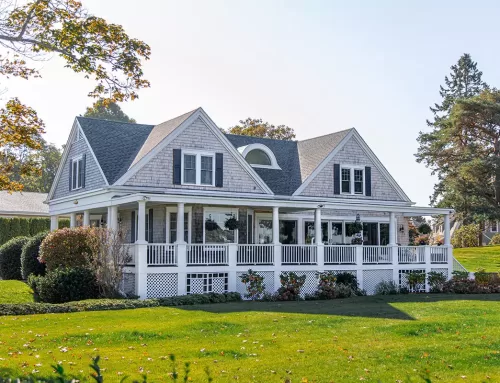 When someone files a bankruptcy there are different exemption amounts for different assets. The exemption amount for a residence, also known as the homestead exemption, is $40,000 for single filers and $50,000 if the debtors are married, jointly own the property, and it is a joint filing.
When someone files a bankruptcy there are different exemption amounts for different assets. The exemption amount for a residence, also known as the homestead exemption, is $40,000 for single filers and $50,000 if the debtors are married, jointly own the property, and it is a joint filing.
This $40,000 or $50,000 exemption amount has to do with the equity in the house. Thus, as long as the value of the house is $40,000 or $50,000, or less, above the amount owed on the mortgages, then the trustee will not be able to sell the house. For example, $160,000 is owed on a first mortgage; $40,000 is owed on the second mortgage; and the house is worth $240,000. This house would be protected in a bankruptcy because there is $40,000 of equity and that would be 100% exempt.
If someone owns a house and is considering a bankruptcy filing, it is essential that the debtor obtain a reliable CMA (comparative market analysis) from a Realtor before filing the case. If possible, the debtor should obtain a CMA before the first meeting with a bankruptcy attorney because this is important information in the analysis of a debtor’s situation and whether or not bankruptcy would be a good option for them. Most Realtors will do a CMA for free if you know them. If you do not know a Realtor, please contact me and I will refer you to a reputable Realtor who charges a nominal fee ($25) to do a CMA.
As far as a bankruptcy is concerned, a debtor will not lose their house to the bankruptcy trustee if the equity is within the homestead exemption, as discussed above. But the debtor will need to keep paying on the mortgage payments during and after the bankruptcy to keep the house from being foreclosed upon (the foreclosure process must give the debtor at least a 120-day notice period before the scheduled foreclosure sale; so there is no danger of coming home one day and finding yourself locked out of your house). If the debtor has arrearage (unpaid months of mortgage) on either the first or the second mortgage, the debtor will have to make arrangements with the bank(s) to get caught up with the arrearage. Sometimes a loan modification will include all of the arrearage. Another option would be for the debtor to file a chapter 13 bankruptcy, instead of a chapter 7 bankruptcy, and pay the arrearage during the 36-60 month chapter 13 plan. Another benefit of a chapter 13 filing is the possibility of stripping a second mortgage, if the value of the house is less than what is owed on the first mortgage. Although consensual second mortgages can’t be stripped in a chapter 7 case, judgment liens that impair the homestead exemption can be stripped in a chapter 7 case.
The bottom line is that in today’s real estate market, most people do not have significant equity in their homes and, thus, there is no danger of losing their home to the trustee in a bankruptcy filing. As always, this information is not meant to give specific legal advice and it is highly recommended that you speak with an experienced bankruptcy attorney in Portland to discuss the specifics of your situation. I am happy to meet with you and discuss your situation.




